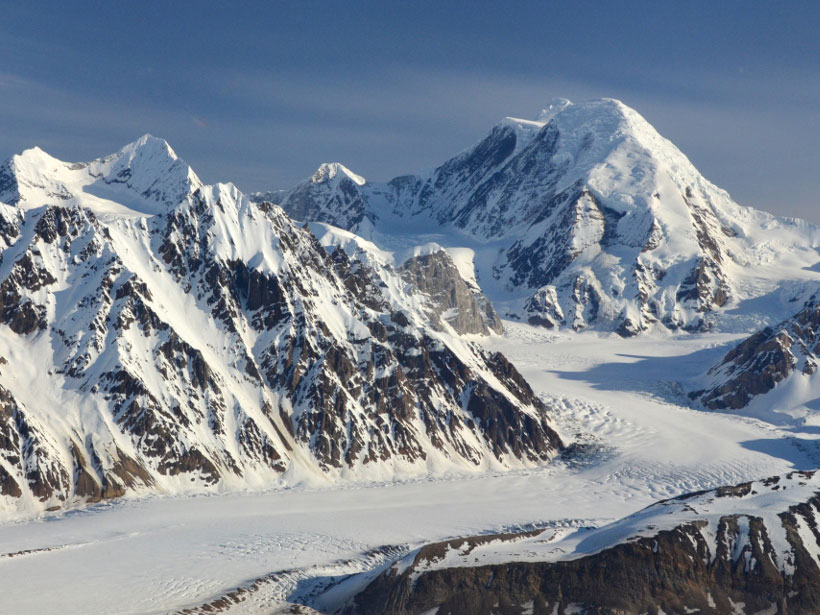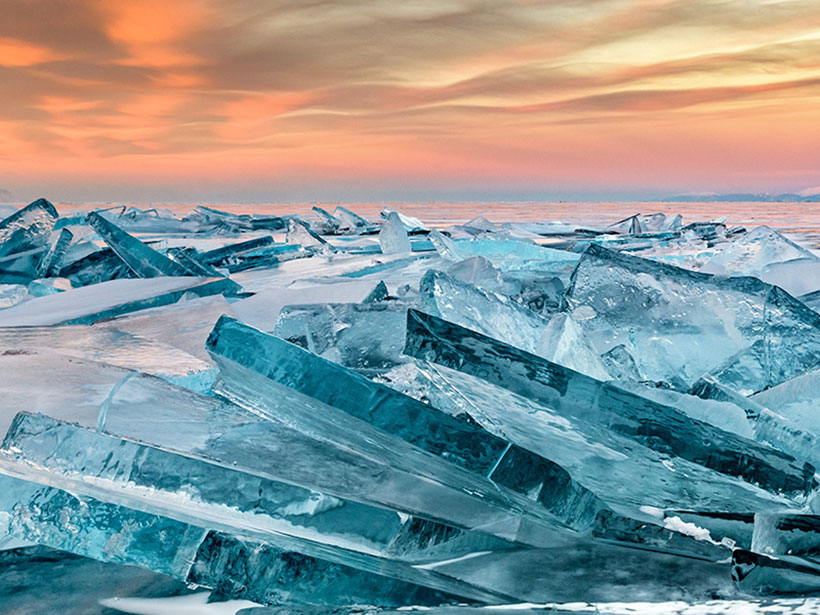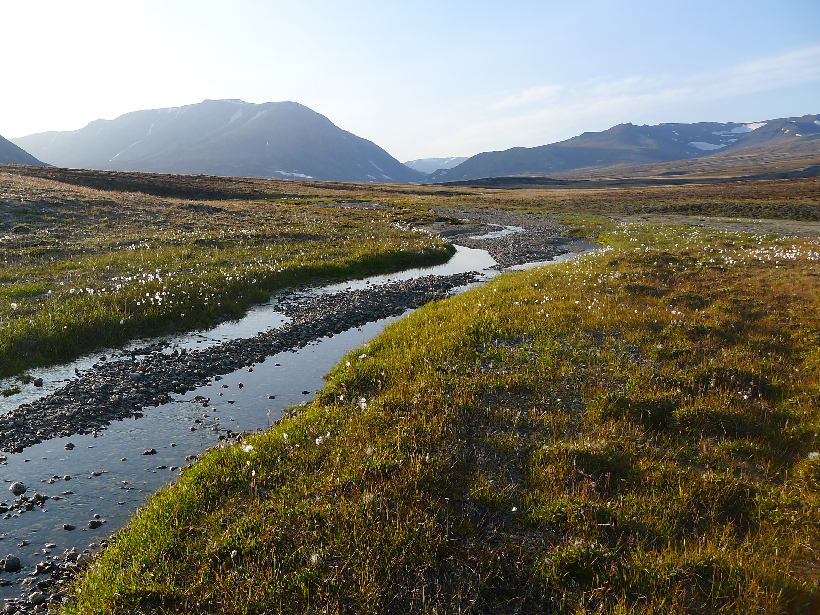Researchers identify the main sources of uncertainty in projections of global glacier mass change, which is expected to add about 8–16 centimeters to sea level, through this century.
ice
A Global View of Shapes and Sizes of Ice Crystals in Cloud Tops
Ice particles have systematic covariations and temperature dependences that are surprisingly consistent with a simple ice growth theory as revealed by satellites.
Big Questions, Few Answers About What Happens Under Lake Ice
Scientists long eschewed studying lakes in winter, expecting that cold temperatures and ice cover limited activity below the surface. Recent findings to the contrary are changing limnologists’ views.
Water Ice Lurks in Young—but Not Too Young—Lunar Craters
Using topographic data, researchers have estimated the ages of water ice–containing craters near the Moon’s poles and ruled out volcanism as being a primary route for water delivery.
The Massive Ice Avalanches of Mars
Ice avalanches may have traveled at speeds of up to 80 meters per second.
How Will Climate Change Affect Arctic Stream Slime?
Rising temperatures and thawing permafrost will change nutrient concentrations in Arctic waterways, which will influence the growth of biogeochemically important biofilms.
Organic Matter in Arctic River Shows Permafrost Thaw
Samples from two waterways in northern Siberia—the main stem of the Kolyma River and a headwater stream in the river’s watershed—indicate the differing sources and ages of carbon they contain.
River Ice Is Disappearing
Over the past 3 decades, the persistence of river ice has decreased by almost a week. The decrease in ice has important implications for ecology, climate, and the economy.
Antarctic Ice Cores Might Be Older Than Dirt
Using cosmogenic nuclide dating, scientists determined a 10-meter core just below the surface to be over a million years old.
Seeing the Greenland Ice Sheet Through Students’ Eyes
A team of students and faculty advisers revisited the site of pioneering geosciences expeditions from the 1920s, looking to introduce young researchers to polar science.










